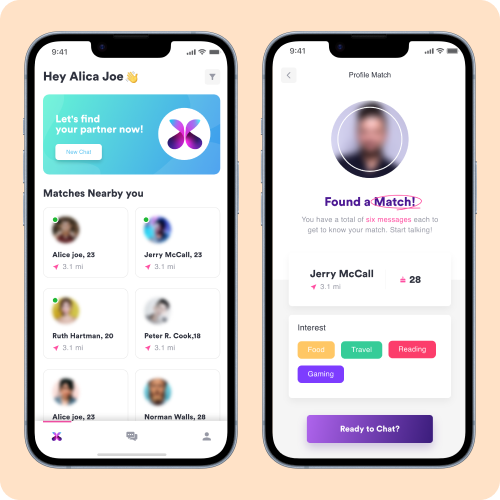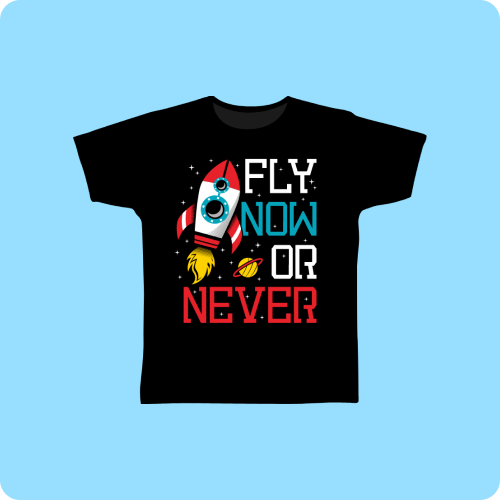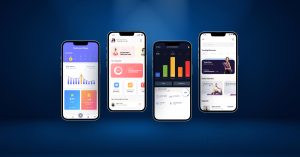Are you a budding entrepreneur? Are you planning to launch your own business? Hold on! Make sure you are not making one of the most common startup mistakes – poor revenue model or monetization issues. Running a business absolutely requires choosing the best revenue models for startups among other things!
One of the most important questions that investors base their decisions on is funding your startup – “What is your monetization plan?” The sustainability of your business depends on the stability of the revenue model for your startup.
Here are a few entrepreneurs talking about the reasons behind the failure of their startups.
“We did not monetize enough to stay in business,” – says Stewart Putney, CEO of Moblyng. The company raised $7.5 million but eventually had to shut down.
Nick Raushenbush, CEO of Tandem – a failed startup, says “monetization on our end seemed to be an unlikely sustainable business model.”
In this article, we will look at the best revenue models for startups and which one to choose for your business.
Transactional Revenue Model
Among the different types of revenue models for startups, Transactional Revenue Model is mainly for businesses that primarily offer a transactional service.
Here’s an example to demonstrate the transactional model.
Let’s say that you have a package of products or services labeled at a price of $200. Every time someone buys or subscribes to this package, credit card providers like Visa or Master charge around $5-6 (2.5-3%) as a transaction fee.
The Transactional Revenue Model is one of the best revenue models for startups and is very direct. You have to sell services and products to generate revenue.
The problem with this model is that it depends on your company’s branding. In the long run, the sustainability of your business or startup depends on the number of users buying or consuming your services
Transactional Revenue Model Examples
- E-Commerce companies like eBay
- Crowdfunding companies like Kickstarter.
Affiliate Revenue Model
Startups that are dependent on the Affiliate Business Revenue Model make money by promoting links to products/services offered by other companies. It involves an online distribution solution for services/products in exchange for a commission – percentage or fixed amount.
Companies that run on the Affiliate Revenue Model – another best revenue model for startups, act as middlemen facilitating a common platform for merchants (or service providers) and customers (or clients).
The good bit is you don’t need to have your own services/products if your startup is solely based on the Affiliate Revenue Model.
One of the disadvantages of the Affiliate Revenue Model for startups is that unless the service or product you are referring to has a decent amount of consumers, your startups won’t be able to sustain in the long run.
Affiliate Revenue Model Examples
- Awin.com
- LifeWire
- Wirecutter
Want your idea to get developed into an app? Hire our dedicated developers today.
Sales Revenue Model – Direct, Indirect, and Web
The Sales Revenue Model is the most common one among the best revenue models for startups. It involves your customer or clients buying your products/services – directly, indirectly, or through the web.
Web Sales: A consumer comes to your website and buys your product.
Direct Sales: Your consumer calls or comes to your place of business for your products or services. Or your consumer buys your product or subscribes to your service via a face-to-face transaction with your agent.
Indirect Sales: Resellers selling your products/services.
One of the major advantages of the Sales Revenue Model for startups is its simplicity to pitch to your investors. It’s a tried and tested revenue model.
The disadvantage of this model is that it requires a highly skilled team to back you. For web sales, you need a team of highly skilled web & mobile app developers.
You also need a team of well-trained sales professionals for selling your product/services directly to your customers/clients.
Direct Sales Revenue Model Examples
- Buy.com, Amazon, Etsy
Subscription-Based Revenue Model
The subscription-Based Business Revenue Model is one of the best types of revenue models for startups used by companies all over the world. It basically requires your consumers to pay a recurring fee in exchange for your services or products.
The subscription could be for a week, month, year, or even a lifetime.
The benefit of the Subscription-based Revenue Model is that it opens the door to continued revenue. If your products/services are good enough, your startup will grow at a better rate once you have a good number of seed subscribers.
However, the sustainability of this best revenue model for startups is dependent on the number of subscribers you have and their growth rate over time.
Subscription-Based Revenue Model Examples
- Publishing companies such as Fortune.com, Medium.com
- OTT Apps such as Netflix
- CRM software such as eWay CRM
Ad-Based Revenue Model
In many ways, the Ad-based Business Revenue Model is a sub-set of the Affiliate Revenue Model. It basically requires you to display ads of services and products of other companies on your website.
You generate revenue every time a user completes a goal after clicking on the ad displayed on our site. The goal could be anything – just a click (Pay-Per-Click), Subscribe to a channel/publication, make a purchase, etc.
The idea of this model, among other different types of revenue models for startups, is to strategically place ads on your website that are more likely to be clicked by your visitors without affecting their user experience.
The advantage of this best revenue model for startups – the Advertising Business Revenue Model is that it’s easy. You don’t necessarily have to offer a product of your own to generate revenue for your startup.
However, for this revenue model to be sustainable for your business, you will need to grow your visitors/users.
Examples of Advertising Revenue Model
- Search Engines – Google, Youtube
- Social Media Channels – Facebook, Instagram
We are a one-stop solution to all your problems. Hire us now!
Freemium Revenue Model
I am sure that you must have stumbled across services/tools wherein a basic version is free but the premium version requires a fee. Well, these businesses run on another best revenue model for startups: Freemium Business Revenue Model.
The basic idea behind the Freemium Revenue Model is to get enough users hooked on your services/tools to subscribe to the premium version. It gives companies a way to increase their user base and market penetration while generating revenue.
One of the advantages of choosing this best revenue model for startups is that it allows you to showcase your services/tools and allows you to increase your user base.
Freemium Revenue Model requires an investment of resources and still leaves you with uncertainty.
Freemium Revenue Model Examples
- Social Networking Channels – LinkedIn
- Tools – Flicker, MozBar, Evernote, Semrush
Peer-to-Peer Revenue Model
Out of all the other best revenue models for startups, a Peer-to-Peer model provides a platform that holds value for both the customers on the opposite sides.
One of the classic examples of the peer-to-peer revenue model is Upwork. This platform essentially serves as a venue for various startups to find and recruit freelancers, and similarly, for freelancers to find clients.
Upwork allows startups and clients to communicate with freelancers on the platforms. On the other hand, the platform also lets freelancers take up skill tests to showcase their competency, and to attract more business.
Just like Upwork provides value to both end-users of the platform and, the clients and the freelancers, for one of the best revenue models for startups to work, it is vital that your business caters to both sides.
Peer-to-Peer Revenue Model Examples
- Airbnb
- Upwork
Revenue Models for Startups: Final Words
When planning your business, deciding the best revenue model for your startup is quite crucial. Choosing the right revenue model for your startup will determine its sustainability in the long run.
Companies, nowadays, are choosing multiple revenue models for their startups instead of relying on just one.
For instance, many startups choose Ad-based and freemium revenue models at the same time. They show ads on the basic version of their services/tools. Subscribing to a paid version not only gets rid of these ads but also allows premium access.
Resourcifi is dedicated to helping Startups and SMBs operate cost-efficiently without compromising on the quality of your products and services. Hire highly skilled web developers and mobile app developers from us to seamlessly offer your services/products to your users.
Which revenue model are you planning to use for your startup? Let me know in the comments!








































